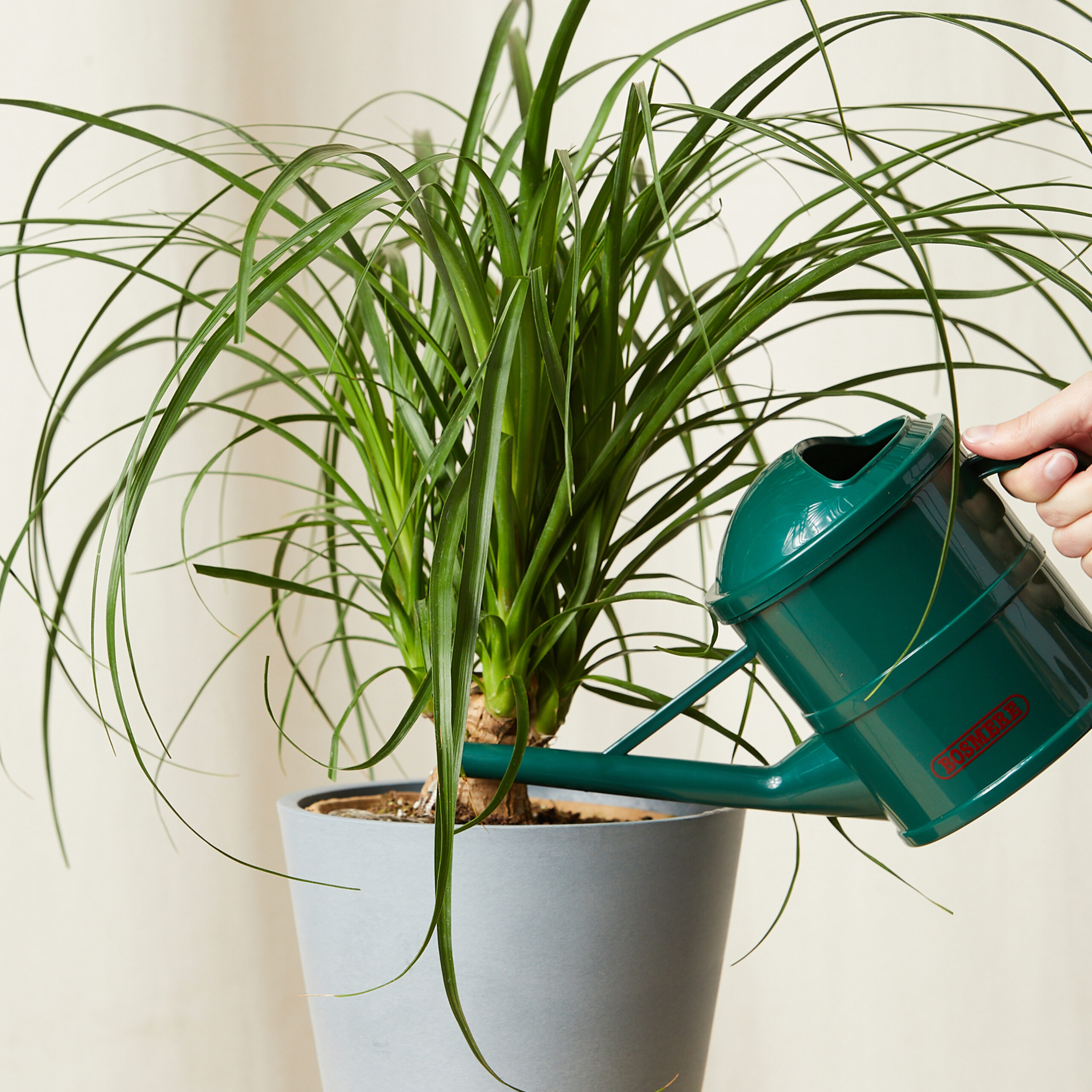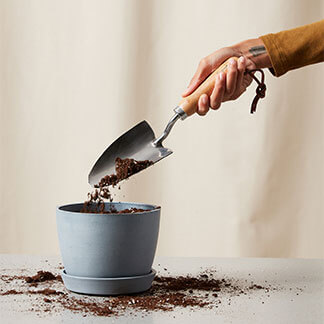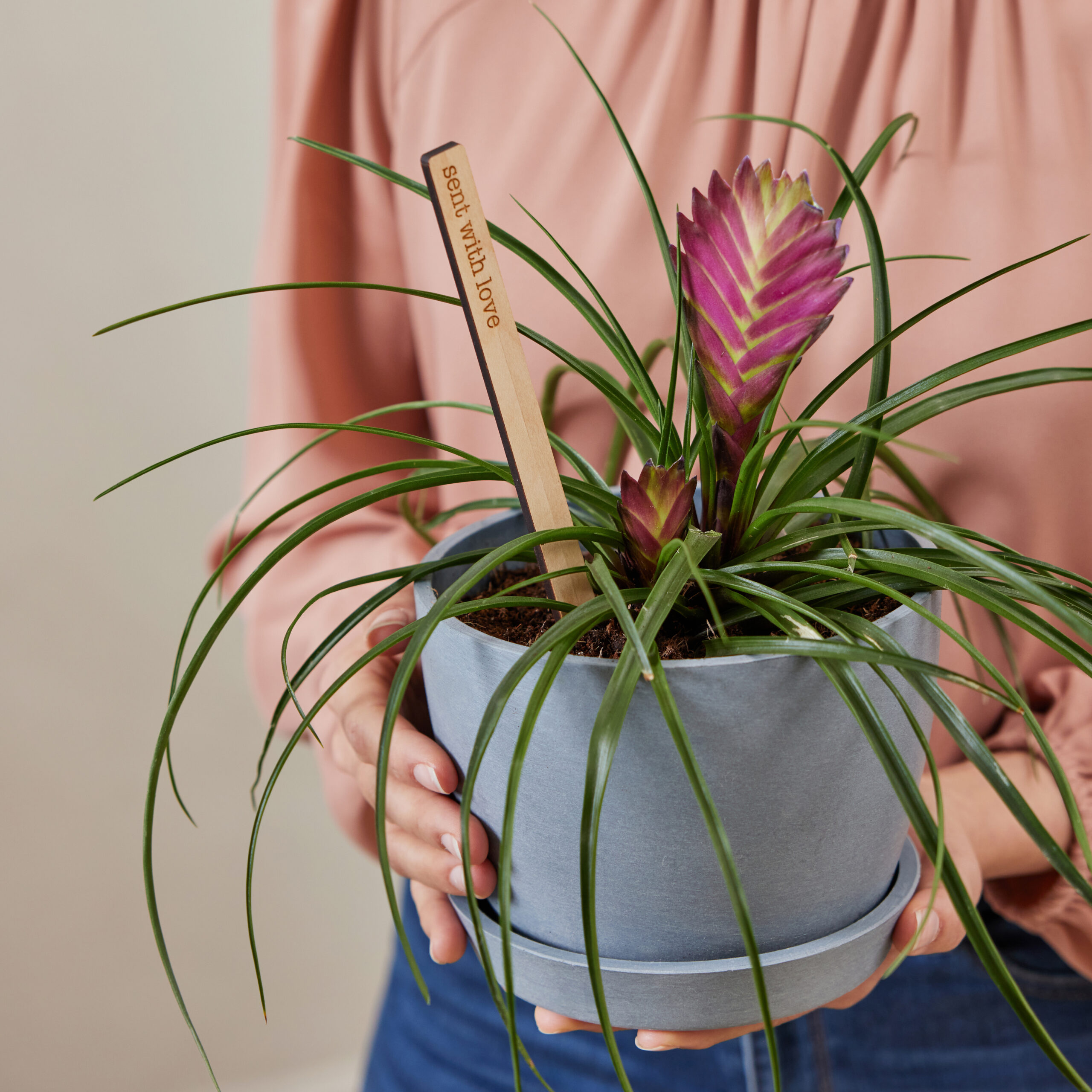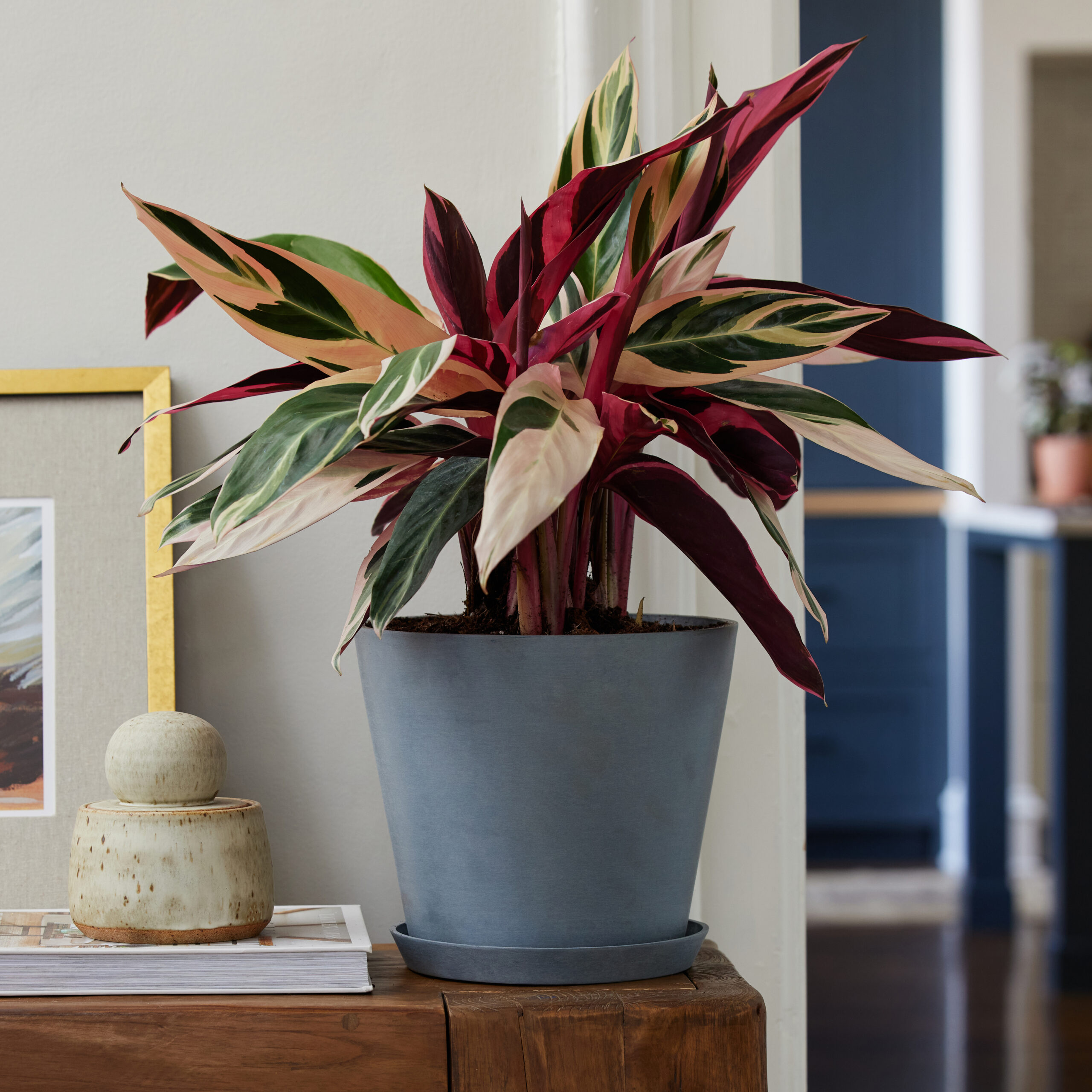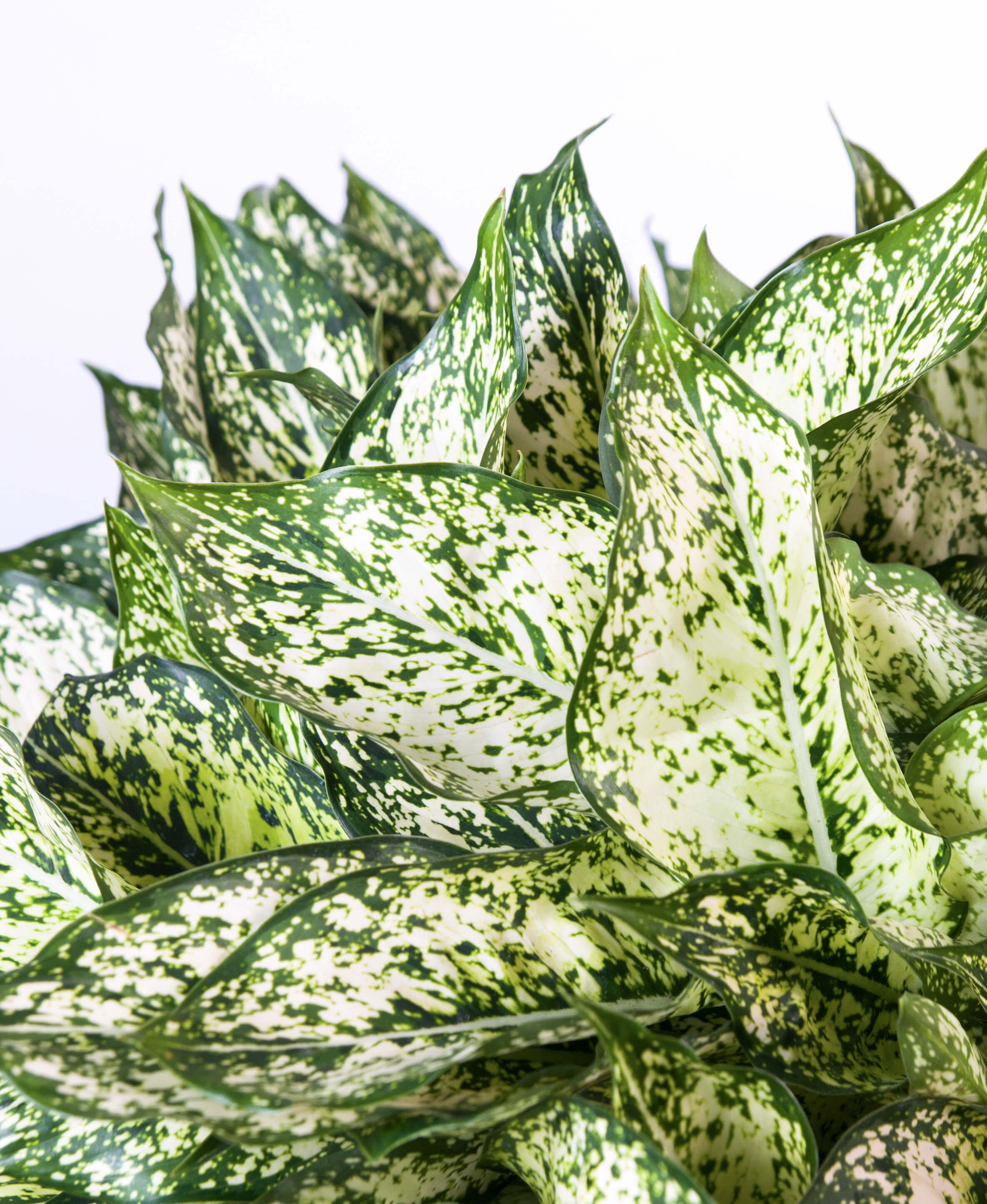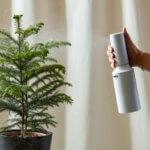Moisture
The most common cause of yellowing leaves among Aglaonemas is improper soil moisture–in particular, overwatering. Only water your Aglaonema when 50% of the soil volume is dry. In the winter, you can allow your plant to dry out a little more between waterings.
When you do water, make sure you provide enough water so that liquid flows from the drainage hole at the bottom of the pot and into the saucer. It’s extremely important to discard any excess water in the saucer, as your Aglaonema will not respond well to “wet feet,” which causes the roots to rot and the eventual death of the plant.
Providing proper and consistent soil moisture is important in caring for an Aglaonema. Alternating between bone dry and wet soil from ill-timed waterings can create stress and cause your Aglaonema to yellow.
Your humidity level
Low humidity and dry soil cause leaves to brown on their edges, later followed by entire yellowing. Misting the leaves of your Aglaonema often will increase the humidity.
Improper Light
Generally, Aglaonemas will thrive when placed in low to bright indirect sunlight. When exposed to direct sunlight for too long, the foliage will burn and can look yellow and pale. If you don’t have an ideal location for your Aglaonema, use a Grow Light.
Pests
Weakened or stressed Aglaonemas become more susceptible to insect infestations. Sap-sucking bugs like spider mites can drain your plant of moisture. This problem quickly manifests itself by yellowing leaflets and fronds. Scale, mealybugs, and spider mites occur frequently in indoor conditions. If not killed early on, these small pests proliferate and move all along frond parts into nooks and crannies. The piercing mouths of the insects exhaust your plant and accelerate yellowing, especially if your Aglaonema is already unhealthy from poor lighting, a nutrient deficiency, or improper soil moisture. Check out our Garden Pest Control Set to help treat your plants.


